History of Tea
Category : Food Stories, Party Ideas, Recipes, Press Room |
Posted : Oct 3, 2013
“Tea and Empires - A Brief Geopolitical History of Tea”
If you were to visually represent the history of tea as a tree, showing it’s interconnectedness to the rise and fall of eastern and western empires, then the roots of the tree would run long and deep into the earth (the East) and the branches would elongate high into the sky (the West) branching in multitude and volume. No other tradable good brings the East and West together more than tea has. Becoming one of the most important commodities of the great trading companies of yesteryear, the East India Company and the Dutch East India Company. Tea becomes the beverage of choice of some of the most expansive empires on earth; the Russian, the Chinese and the British Empire.
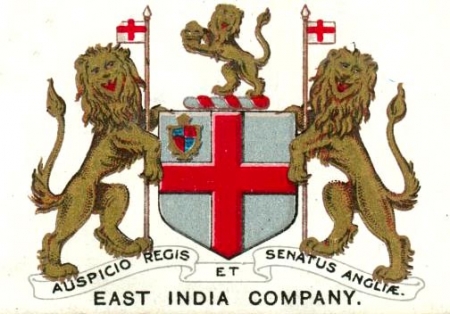
Image Source: http://www.victorianweb.org/history/empire/india/eastindia.html
In the world of food there are several items whose importance has steered the course of human history; first and foremost water, after that salt, then fermented drinks such as wine, beer and mead, spices, distilled spirits, coffee, chocolate and perhaps the greatest of them all after water and salt is tea. Tea’s history may go back as far as the dawn of mankind, during the Paleolithic Period (about 500,000 years ago) where archeological evidence exists of early man consuming tea in boiling water . Over the course of history no single tradable good stokes the fire of international trade more than tea, until gunpowder and oil. Empires and colonialism are predicated on access to tea or it’s production. Tea is the currency of trade for many centuries. Cultures and civilizations are centered around tea and the ceremony of tea. It’s long considered a healing and spiritual beverage by many cultures. The spread of Buddhism and tea go hand-in-hand together.
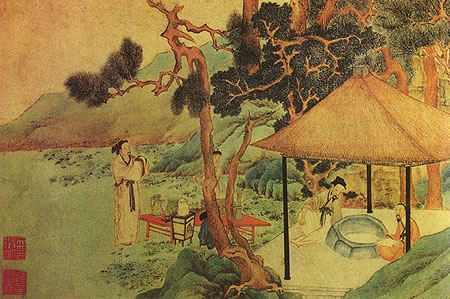
Scholar greeting in a tea ceremony. (image source: http://en.wikipedia.org/wiki/File:Huishanchahui.jpg)
Tea’s origin is mostly associated with China, with the earliest records of tea consumption going back to the 10th century BC. Tea then makes it way to Japan in the 6th century AD by way of Japanese Buddhist monks traveling and studying in China, it then makes it’s way to Korea shortly after. During the MIng Dynasty (1368 - 1644), tea culture expands to southeast Asia and the east coast of Africa. Laborers carry bundles of tea weighing up to 300 pounds over 1200 miles from the plantations to the ports. Then in the early 1600’s green tea leaves make there way to Amsterdam via the legendary Dutch East India Company. Tea is introduced to Czar Michael I of Russia in 1618 as a gift from China, however a Russian ambassador lacking foresight and taste rejects the offer after he is repulsed by the taste. It takes another 50 years for tea to make it’s way back into the Russian empire. They only way for tea to make it into Russia at the time is a cavalcade of hundreds of camels carrying tea from China, a year long trek, making it a highly precious and sought after commodity. In the 1650’s tea starts to show up in German apothecaries, again tea’s genesis in a culture always seems to be consumption for healing or to quote Samuel Pepys (English parliamentarian, 1633 - 1703) "home, and there find my wife making of tea, a drink which Mr. Pelling the Pottecary tells her is good for her colds and defluxions" June 28th, 1667 or spiritual purposes, such as aiding Buddhist monks in meditation in 4th century BC, China. In the mid-1600’s coffee houses in England start to introduce tea. Once it takes hold at the nascent stages of the British Empire, becoming it’s most consumed beverage it soon then spreads throughout the empire where the sun never sets. A century later in 1773, the world’s greatest empire is fractured when one of it’s most important commodity, tea is dumped into Boston harbor by angry British subjects disguised as "Indians" who board an East India Company ship angered by the outrageous taxes excised on their beloved tea, sparking the American revolution and unleashing a chain of events that creates the next great empire, the United States of America.

"The Destruction of Tea at Boston Harbor" by Nathaniel Currier (image source: http://en.wikipedia.org/wiki/File:Boston_Tea_Party_Currier_colored.jpg)
The 19th century sees tea make it’s way back to the Asian continent by way of the British to India. Determined to break the monopoly on tea that the waning Chinese empire has the British empire or more appropriately the East India Company start to cultivate tea in India, having subdued most of India by the 1820’s. So valuable is tea that a private company controls and runs one of the world’s most populous nations. The East India Company is so powerful that it has it’s own army, but in 1857 a large portion of the private army mutinies and forms a rebellion, the failed First War of Independence, against the East India Company. That was the beginning of the end of one of the world’s most important corporations. That soon gave way to the British Crown taking control of India and establishing the British Raj which lasted until 1947 wherein Mahatma Gandhi peacefully led India to independence. The newly independent India would eventually become the world’s largest producer of tea (though China recently supplanted it) and the largest consumer of tea, but not until the 1950’s did tea become popular in India when the Tea Board of India heavily marketed tea to Indians.
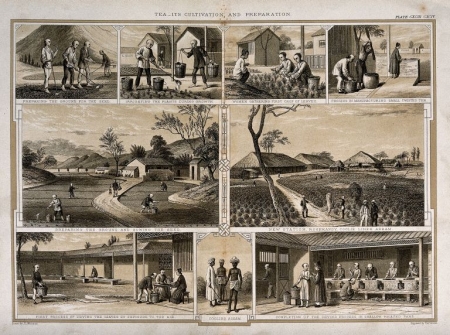
An engraving from 1850 showing the process of making tea in Assam (image source: http://en.wikipedia.org/wiki/File:Boston_Tea_Party_Currier_colored.jpg)
Turkey only became a great tea culture in the 20th century after the fall of the Ottoman Empire shortly after WWI, where coffee was initially the drink of choice. But when the borders of the empire receded to it’s current size with the collapse of the empire and the loss of the southeastern territories, coffee ceased to be a domestically produced item of the Ottoman Empire, instead becoming and expensive import item of the new Turkey. Tea soon replaced coffee as the drink of choice for the Turks, being that it could be domestically sourced more cheaply than the more expensive imported coffee.
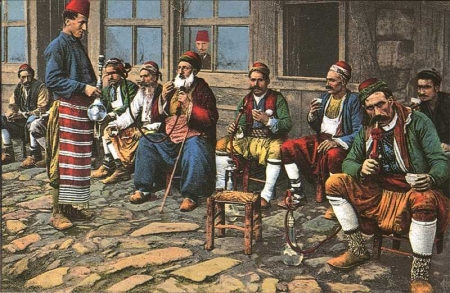
Turkish coffee house (image source: http://writing3b.edublogs.org/files/2011/12/osman-kahvehane-1xr1oe5.jpg)
Now tea, initially very popular in pre-revolutionary America is on it's way to becoming it's most beloved hot beverage again. So meteoritic is the rise of tea in America now that several states have begun in earnest, tea cultivation, those being Hawaii, Washington, Alabama and South Carolina.
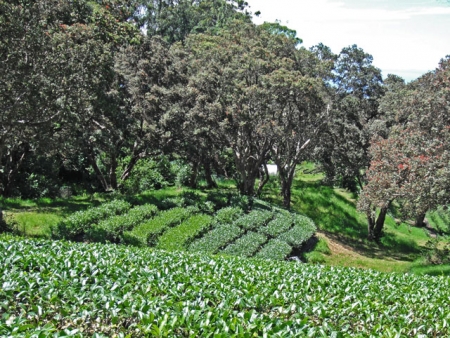
Hawaiian tea plantation (image source: http://www.teagrotto.co/hawaiian-tea-trip-report/)
Sources: http://teaforte.com/tealiving/history.cfm
http://en.wikipedia.org/wiki/History_of_tea
http://en.wikipedia.org/wiki/Tea_culture
http://www.amazon.com/The-Empire-Tea-Alan-Macfarlane/dp/1585674931













